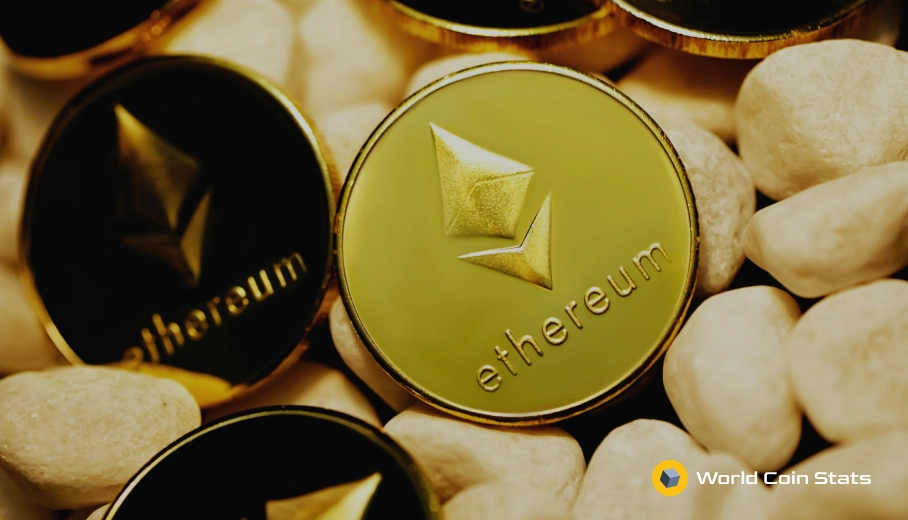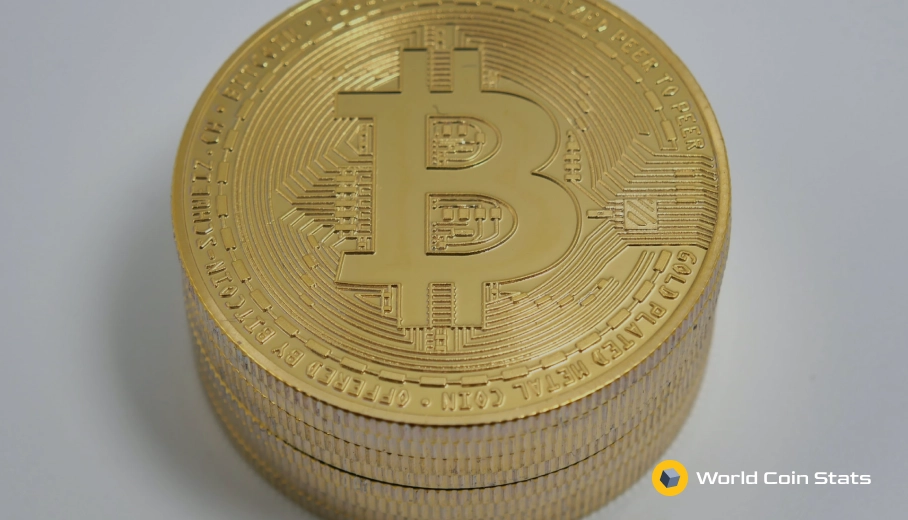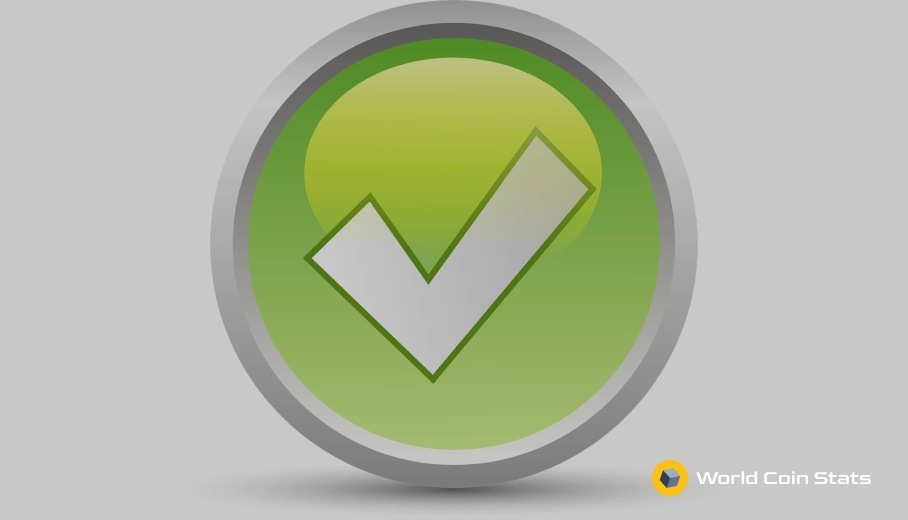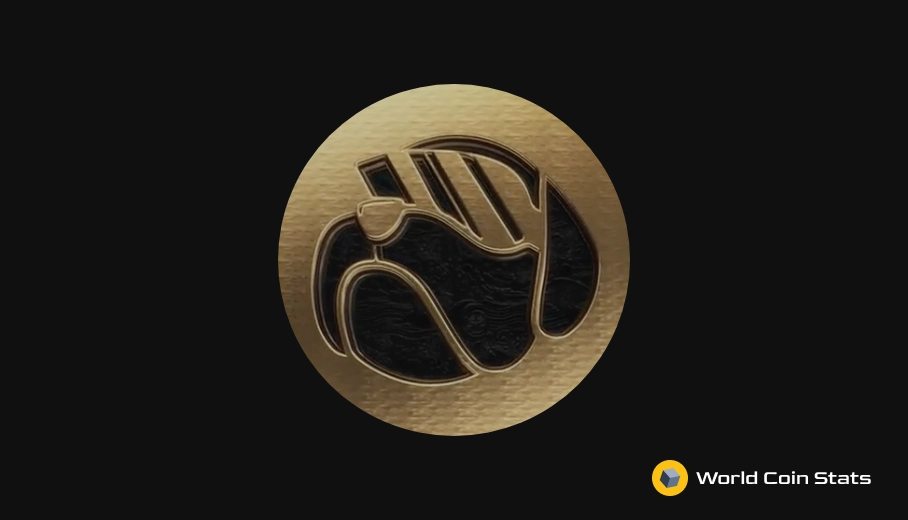Will We Need Ethereum 2.0 When It Finally Arrives?
There has been a lot of talk in the cryptocurrency community about the necessity of Ethereum 2.0. However, this implies that Ethereum 2.0 is actually needed.
We admit that it did seem this way a few years ago when Ethereum 2.0. But a lot has changed in the Ethereum ecosystem over the past few years that has made many question whether Ethereum will even be needed when it eventually arrives later this year. With that question in mind, this article will examine the necessity of Ethereum 2.0 alongside with some potential drawbacks of it.
What Is Ethereum 2.0?
Basically, Ethereum 2.0 is a planned switch of Ethereum from a proof of work (PoW) validation model to a proof of stake (PoS) validation model. The full extent of this is far beyond the scope of this article. In simple terms, Ethereum is currently PoW, which means that Ethereum miners validate transactions by using hardware to solve math problems.
The problem with this is that Ethereum is not the most efficient blockchain, so transactions take a relatively long amount of time and can be expensive.
Proof of stake is theoretically much cheaper and faster because there is no hardware validating transactions. Instead, validation is done by those that hold Ether – the more Ether someone holds, then the more validations they can do. It’s faster, cheaper, and better for the environment than PoW.
That said, it may not even be necessary by the time it is rolled out. The next section will explain why this is the case.
Why Ethereum 2.0 Might Not Be Necessary
That’s right, Ethereum 2.0 might not even be necessary.
We know that this is surprising because Ethereum 2.0 is constantly touted as the savior of Ethereum. But there are other solutions that are becoming increasingly popular due to the aforementioned high transaction fees on Ethereum.
These are the solutions that might make Ethereum 2.0 not entirely necessary.
You might have guessed it by now – we are talking about layer 2 protocols on Ethereum. The most popular one being Polygon. Other layer 2 solutions exist, but Polygon is the most popular one.
Anyway, Polygon is built on top of the Ethereum blockchain. However, the transaction fees and speed on it are extremely low. Transaction fees on it are fractions of a cent and occur almost instantly.
This is likely faster and cheaper than Ethereum 2.0 will be when it is released. Of course, the problem with Polygon and other layer 2s is that a transaction fee must be paid to enter the layer 2 and to exit the layer 2.
It’s still cheaper to use Polygon, or other layer 2s, if you plan on doing a lot of transactions on DeFi and require fast transaction speeds and low transaction fees.
EIP-1559
Many people claim that EIP-1559 will make Ethereum 2.0 unnecessary. This, in our opinion, is simply not going to be the case.
It is true that EIP-1559 will make transactions cheaper, which is a big problem with Ethereum at the moment. The problem of slow transaction times will still remain with EIP-1559, though.
Potential Problems With Ethereum 2.0
There are also some problems that could arise with Ethereum 2.0. The implementation of it should be fine from a coding perspective. These problems involve the community more than the technical aspects.
Whales Can Easily Control The Blockchain
The first issue with any PoS validation model is that it gives control of the blockchain to those that hold the most tokens. This goes against the general idea of cryptocurrency being decentralized.
Basically, what we are trying to say is that someone holding a massive amount of Ether will end up controlling the blockchain and could potentially mess with transactions.
We know there are safeguards in place to prevent this, but it is still a concern for many hardliners in the cryptocurrency community.
And yes, we know that PoW blockchains are mostly controlled by larging mining groups with hundreds of thousands of dollars (or millions) worth of mining hardware. But the way mining works makes it extremely expensive to launch some type of 51% attack.
Miners Won’t Be Happy
The other problem with Ethereum 2.0 is the obvious one – Ethereum miners are not happy about the situation. In fact, they are very unhappy about it.
This has the potential to lead to two things:
- A hard fork of Ethereum with one version remaining as a PoW validation model.
- An exodus of Ethereum miners to an Ethereum competitor.
Actually, it is guaranteed that Ethereum miners will begin mining another blockchain simply because they will no longer be able to mine Ethereum. This will give some Ethereum competitors the ability to catch up due to the increased hash rate on the blockchain.
Ethereum will most likely be able to survive that, though. Especially because PoS will solve a lot of problems that Ethereum miners have with the network.
The bigger problem is a hard fork as that has the potential to split the community. And a split community will allow competitors to close the gap they have with Ethereum.
Closing Thoughts
That covers it for why Ethereum 2.0 might not even be fully necessary when it comes online. The basics of the argument are that Ethereum has had transaction fee and transaction speed problems for so many years that solutions are finally beginning to emerge. These solutions have the potential to completely solve the problem that Ethereum 2.0 is meant to solve.
Additionally, Ethereum 2.0 will not be popular with miners and some members of the Ethereum community, which has the potential to force many to adopt competitors to Ethereum.
With all that out of the way, this is still speculation at this point. No one knows what the future holds for Ethereum. It is just important to remember that Ethereum 2.0 may not solve all the problems for Ethereum. In fact, it is likely that there will be a lot of problems created by the rollout of Ethereum 2.0.




